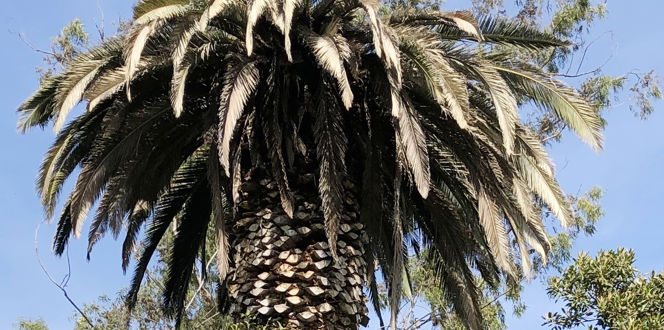Black Vine Weevil Description:
The black vine weevil is a destructive insect that kills host plants by feeding on their foliage. Larvae are white, C-shaped grubs that feed on plant roots and bark cambium, resulting in yellowing and wilting of foliage, and plant death. Adults are approximately 3/8- inches long and gray to black in color with patches of golden hair. They typically feed on the lower and center portion of the plant, leaving telltale notches along the edges of leaves and needles.
Hosts:
Black vine weevils impact and destroy over 100 different plant varieties throughout the United States and southern Canada. Shrubs or annuals such as primrose and impatiens often harbor black vine weevils. Other common hosts include:
- Azalea
- Euonymus
- Japanese Holly
- Rhododendron
- Taxus plants
Biology & Symptoms:
Black vine weevils overwinter in the soil as mature grubs, producing a single generation each year. Adults emerge in early to mid-summer and feed three to four weeks before producing up to 400 eggs. Larvae hatch in about two weeks, crawling into the soil to feed on tender roots.
Management:
These insects feed at night and hide in ground debris or soil during the day, they’re often undetectable. To find hiding weevils, place a scrap piece of wood or a 12x12 piece of burlap in the mulch of host plants, checking underneath every morning. Two to three applications of an insecticide starting in early summer (depending on the geographic region) may help reduce egg-producing adult populations. Soil drenches of systemic insecticide will help control larvae.





